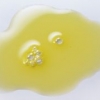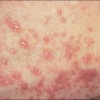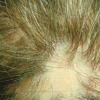Sottoregolazione del recettore TLR-7 nei pazienti con patologie epatiche e non epatiche con lichen planus.
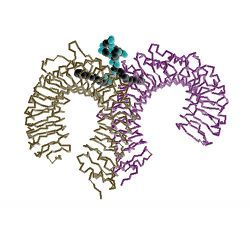 Il lichen planus (LP) è una malattia infiammatoria della pelle e della mucosa orale. L'associazione tra LP e il virus dell'epatite C (HCV) è ben definita, con tassi di prevalenza variabile tra le diverse popolazioni. I recettori Toll-like (TLRs) sono regolatori chiave sia per la risposta innata che per la risposta adattativa. Tuttavia, i TLRs interagiscono anche con ligandi endogeni rilasciati dalle cellule necrotiche, e questo processo può intensificare le malattie autoimmuni come artrite reumatoide e lupus eritematoso sistemico.
Il lichen planus (LP) è una malattia infiammatoria della pelle e della mucosa orale. L'associazione tra LP e il virus dell'epatite C (HCV) è ben definita, con tassi di prevalenza variabile tra le diverse popolazioni. I recettori Toll-like (TLRs) sono regolatori chiave sia per la risposta innata che per la risposta adattativa. Tuttavia, i TLRs interagiscono anche con ligandi endogeni rilasciati dalle cellule necrotiche, e questo processo può intensificare le malattie autoimmuni come artrite reumatoide e lupus eritematoso sistemico.
Questo studio si è prefisso di studiare il ruolo del recettore Toll-like 7 (TLR-7) in LP attraverso la rilevazione della proteina TLR-7, e fare un confronto fra l'espressione della proteina TLR-7 nei pazienti HCV-positivi e HCV-negativi con LP.
Lo studio ha incluso 20 biopsie cutanee di pazienti con LP e 10 biopsie di controllo. La proteina TLR-7 è stata rilevata mediante l'analisi al Western blot. Gli anticorpi specifici per l'HCV nel siero dei pazienti sono stati rilevati usando la tecnica ELISA.
I risultati hanno rivelato un livello significativamente più basso della proteina TLR-7 in tutte le biopsie cutanee di pazienti con LP rispetto alle biopsie di controllo. L'espressione non ha mostrato alcuna differenza tra pazienti HCV-positivi e quelli HCV-negativi.
È stato concluso che l'anormale espressione di TLR-7 in LP può avere un impatto sulla patogenesi della malattia. La relazione tra il recettore TLR-7 e l'HCV nei pazienti con LP non può essere confermata da questo studio.
Storia della pubblicazione
Titolo: Downregulation of TLR-7 receptor in hepatic and non-hepatic patients with lichen planus
Fonte: International Journal of Dermatology. Volume 51, Issue 7, pages 785–789. doi: 10.1111/j.1365-4632.2011.04977.x
Autori: Amira El Tawdy, Laila Rashed
Affiliazioni: Departments of Dermatology, and Clinical Biochemistry, Faculty of Medicine, Cairo University, Cairo, Egypt
Abstract:
Background
Lichen planus (LP) is an inflammatory disease of the skin and oral mucosa. The association of LP and chronic hepatitis C virus (HCV) is well established, with variable prevalence rates among different populations. Toll-like receptors (TLRs) are key regulators of both the innate response and the adaptive response. However, TLRs also interact with endogenous ligands released by necrotic cells, and this process can intensify autoimmune diseases such as rheumatoid arthritis and systemic lupus erythematosus.
Objective
To investigate the role of Toll-like receptor-7 (TLR-7) in LP through the detection of TLR-7 protein, and to compare between the expression of TLR-7 protein in HCV-positive and HCV-negative patients with LP.
Materials and methods The study included 20 skin biopsies from patients with LP and 10 control biopsies. TLR-7 protein was detected by Western blot analysis. Detection of HCV-specific antibodies in the patient serum was done using ELISA technique.
Results
Our analysis revealed a significantly lower level of TLR-7 protein in all the LP skin biopsies compared with controls. The expression showed no difference between HCV-positive and HCV-negative patients.
Conclusion
We concluded that TLR-7 abnormal expression in LP may have an impact on the pathogenesis of the disease. TLR-7 receptor and HCV relationship in patients with LP could not be confirmed by this study.
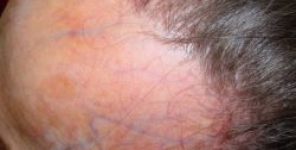
![Eruzioni da farmaco simili al lichen planus, dovute ai [beta]-bloccanti: un caso clinico e revisione della letteratura](/images/articlethumbs/lichen-planus_thumb_small.jpg)
